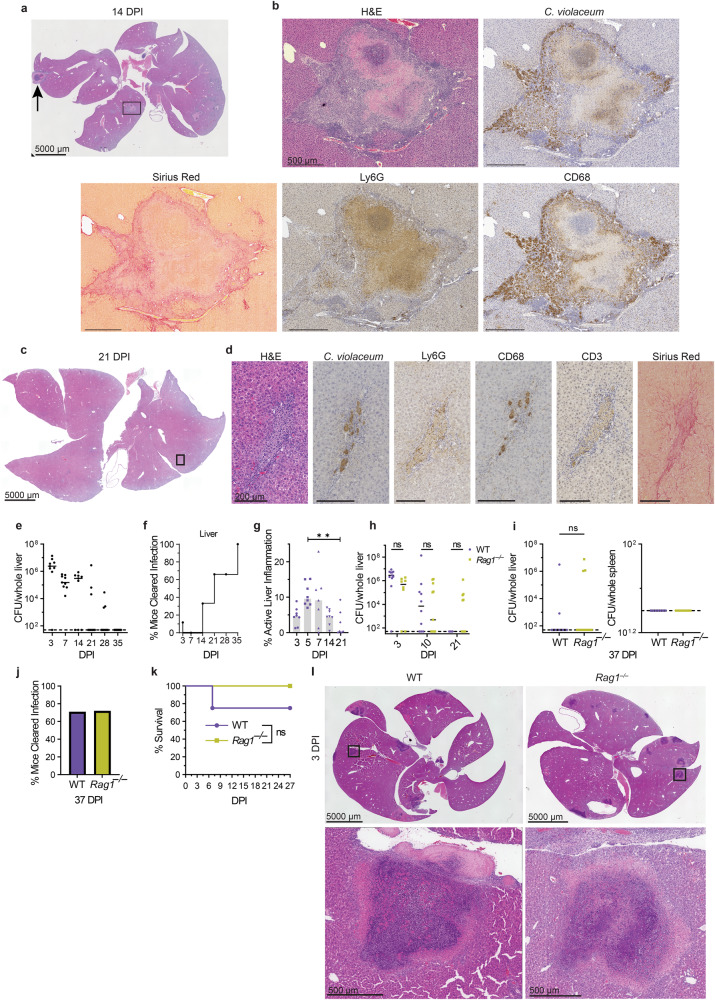Fig. 3. Adaptive immunity is not required to resolve the granuloma.
a–l Mice were infected with 104 CFU WT C. violaceum. Dashed line, limit of detection; solid line, median. a H&E staining of WT liver 14 dpi. Representative of 3 experiments, each with 3–4 mice, each with multiple granulomas per section. Arrow, rare granuloma. b Serial sections of WT liver stained by H&E or indicated IHC markers 14 dpi. Representative of 3 experiments, each with 3–4 mice, each with multiple granulomas per section. c H&E staining of WT liver 21 dpi. Representative of 3 experiments, each with 3–4 mice, each with multiple granulomas per section. d Serial sections of WT liver stained by H&E or indicated IHC markers 21 dpi. Representative of 3 experiments, each 3–4 mice, each with multiple granulomas per section. e, h, and i Bacterial burdens in the liver and spleen at indicated timepoints. Representative of 2 experiments; each point is a single mouse. ns, not significant, by Two-way ANOVA (h) or Mann–Whitney test (i). f Bacterial burdens from e displayed as % bacterial clearance. g Percent active inflammation quantified per whole liver section stained with H&E. Data combined from 2 experiments; each point is a single mouse. **p = 0.0051, by Kruskal–Wallis test. j Bacterial burdens from (i liver) displayed as % bacterial clearance. k Survival analysis of WT and Rag1–/– mice. N = 4 (WT) or 7 (Rag1–/–); Representative of two experiments. ns, not significant, by Kaplan–Meier survival analysis. l H&E staining of WT and Rag1–/– livers at 3 dpi. Representative of two experiments, each with 3, 4 mice per genotype, each with multiple granulomas per section.

